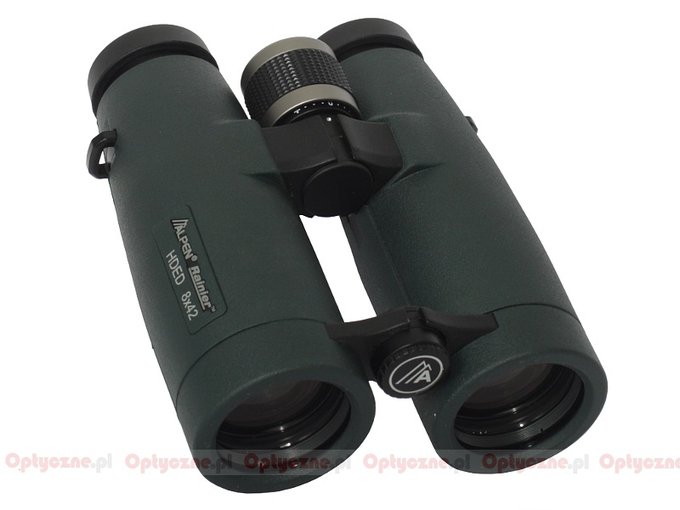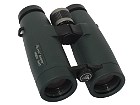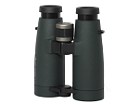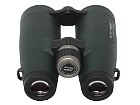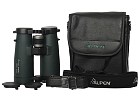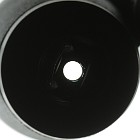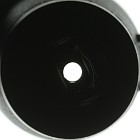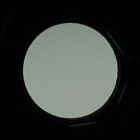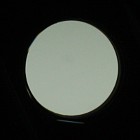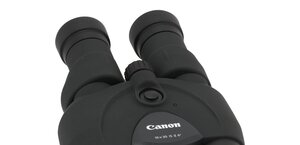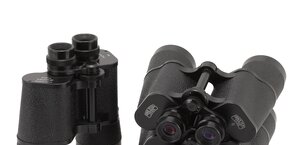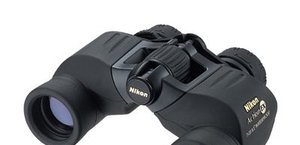Alpen Optics Rainier HD ED 8x42
In 2011 the company decided to introduce some changes in the 42 mm class. The 8x42 and 10x42 binoculars gained a new casing and low-dispersion glass in objectives so a new mark - HD ED - appeared on their bodies. Rainier binoculars’ casings are made of magnesium alloys covered by high quality rubber which is supposed to ensure they are fully waterproof; the fact that the instrument is nitrogen-filled makes the elements also fogproof. The A-Lock dioptre locking system allows faster focusing and saving of the chosen parameters. Twisted-up eyecups feature detents. The pair of binoculars is offered in an elegant case, along with an additional leather carrying case and a comfortable, wide strap. Like all the models of Alpen Optics binoculars, also the Rainiers come with lifetime warranty period. The binoculars of this series are produced in Japan.
| Magnification | Lens diameter | Angular field of view | Prisms | Eye relief | Weight | Price |
|---|---|---|---|---|---|---|
| 8 | 42 | 132/1000(7.5o) | BaK-4/roof | 18 mm | 835 g | 3949 PLN |
Summary
Pros:
- solid casing,
- good transmission,
- very low astigmatism,
- slight coma,
- chromatic aberration corrected in the right way,
- excellent distortion control,
- good whiteness rendering,
- high quality of coatings and prisms,
- low flares,
- imperceptible light fall-off on the edge of the field of view,
- minimum focus from 1.6 metres,
- good warranty conditions.
Cons:
- slightly truncated exit pupils.
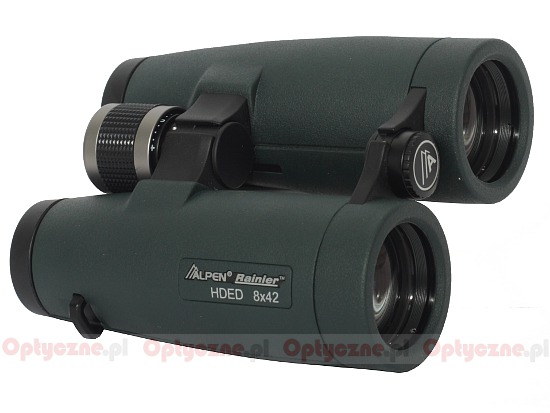 |
It is easier to implement 60-65 degrees eyepieces in 10x42 class binoculars than in 8x42 devices. As a result, in most of cases 8x42 instruments fare in our tests a tad worse than their 10x42 equivalents. The Alpen Rainier 8x42 HD ED is an exception to that rule – it scored slightly more points than its 10x42 brother. When all others lose the Alpen gets more. The differences are perhaps not huge but they allow the Alpen to qualify for the top-of-the-range group of our big test of 8x42 binoculars. The Alpen fares almost as well as the Zeiss Victory 8x42 T* FL, so praised by us.
Of course the Alpen yields to the Zeiss in several categories. The transmission is one of them and its graph is presented below.
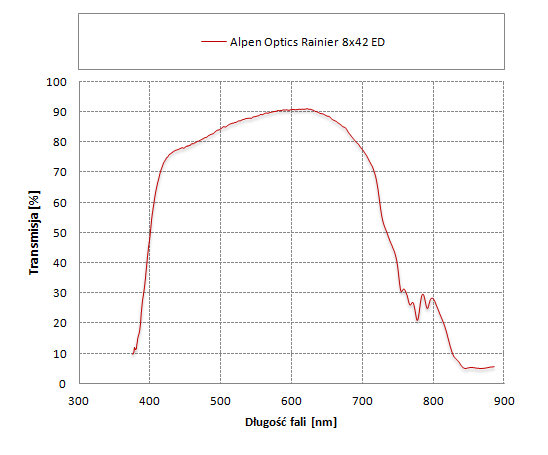 |
However it would be difficult to expect a Schmidt-Pechan device faring better than an Abbe-Koenig model. Still, the Alpen’s achievements, especially when compared to those of the Zeiss, become even more impressive – it corrects distortion better and its area near the exit pupils looks nicer.
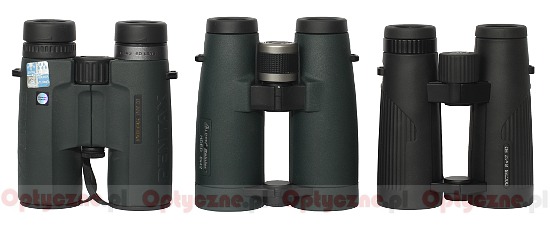 Pentax DCF 8x43 ED, Alpen Rainier HD ED 8x42 and Docter 8x42 ED. |
That’s why our summary of the Alpen test is going to be even more positive than in the case of the 10x42 model. The Alpen kept the high level, its competitors didn’t. As a result the score of the tested binoculars is very similar to that of the more expensive Zeiss Victory and a bit better than the score of the Nikon HG 8x42 DCF, also very praised by us and as expensive as the Alpen. It would be difficult to think of a better recommendation.





